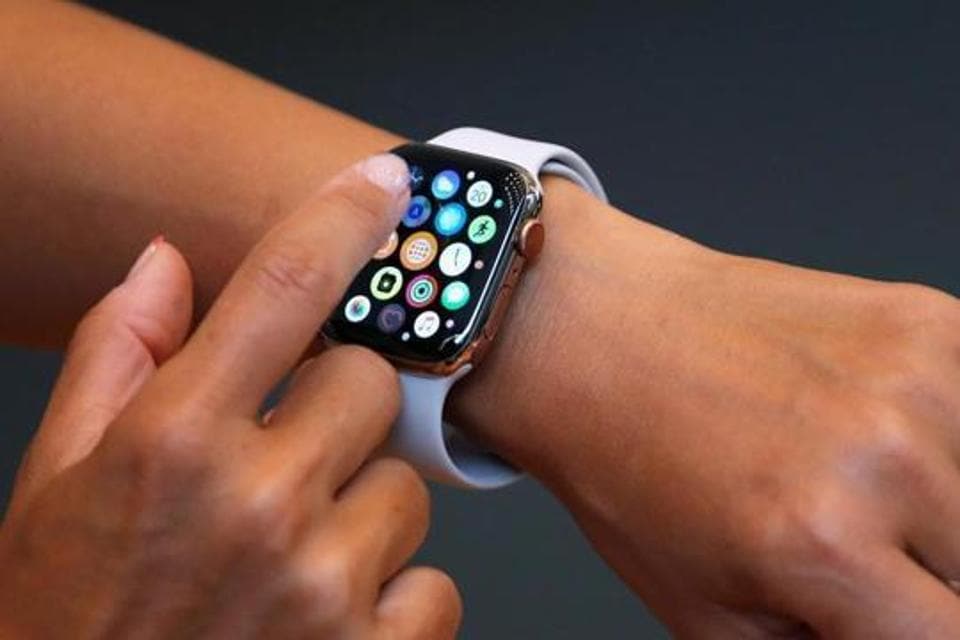Apple Watch may be able to detect panic attacks with the watchOS 7
The feature is going to use a new bloody oxygen sensor along with specialised software to detect if and when a user is hyperventilating

According to reports, Apple is working on the new mental health feature for the Apple Watch that could help detect panic attacks. This feature might come with the watchOS 7 that's expected to launch this Fall.
Jon Prosser, one of Apple's better known tipsters, appeared on the Geared Up podcast this week where he said that Apple is working on a hardware and software function for the Apple Watch that can detect panic attacks.
The feature is going to use a new bloody oxygen sensor along with specialised software to detect if and when a user is hyperventilating, Prosser said. Hyperventilation, elevated heart rate and shortness of breath are all symptoms of panic attacks that can be "quantified by existing or rumoured Watch hardware".
"They can take the oxygen levels in your blood, with your heart rate, and determine if you're hyperventilating," Prosser said. "They can identify a panic attack before it happens and warn you on your watch. Especially if you're driving, they'll ask you to pull over and they'll offer breathing exercises once you get pulled over. It's incredible," he added.
However, whether the hardware is going to be sensitive enough to "alert users to a panic attack before it occurs remains unclear".
Also Read: Apple Watch Series 6 may monitor your anxiety levels and track sleep
Prosser mentioned that he hopes that this new feature will be introduced at WWDC 2020 that's scheduled for June. It is also possible that Apple might not announce anything till they launch the new Apple Watch Series 6 later this year. Alternately, the new feature might be announced next year.
It's unlikely, according to Prosser, that WWDC might witness this feature reveal if it counts on unreleased software unless the system can pull data from the sensors the Apple Watch already has.
The Apple Watch comes with a plethysmograph heart rate sensor technology that can detect blood oxygen levels so technically the ability already exists, however, Apple might be holding out for system accuracy and/or regulatory approval.
Prosser's claims expand on reports that pegged Apple to integrate a working blood oxygen sensor and updated ECG hardware in a Apple Watch Series 6 device later this year and a leak last week also "hinted at the inclusion of a pulse oximeter and the ability to detect 'mental health abnormalities',"
Catch all the Latest Tech News, Mobile News, Laptop News, Gaming news, Wearables News , How To News, also keep up with us on Whatsapp channel,Twitter, Facebook, Google News, and Instagram. For our latest videos, subscribe to our YouTube channel.































